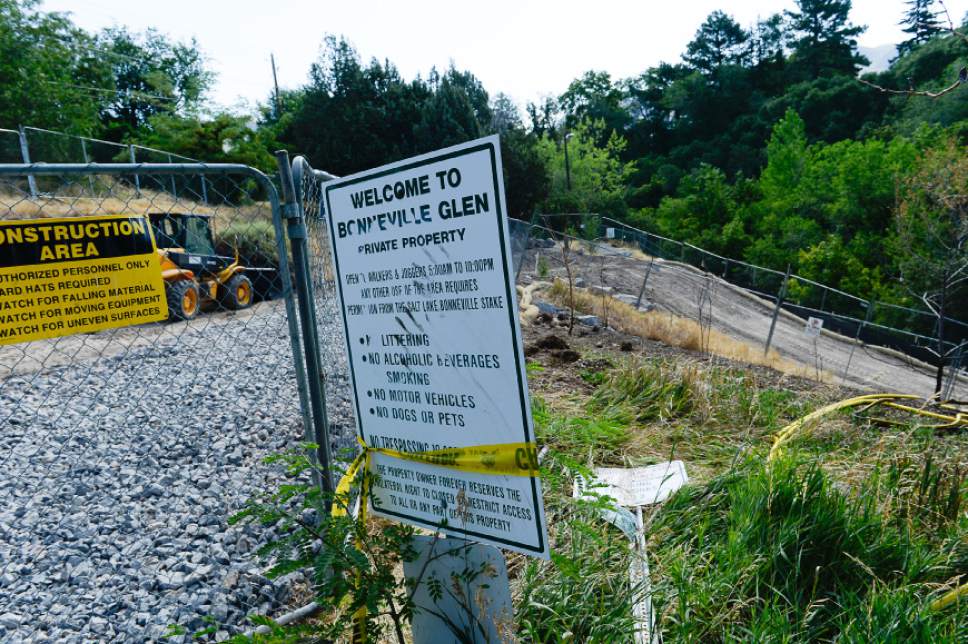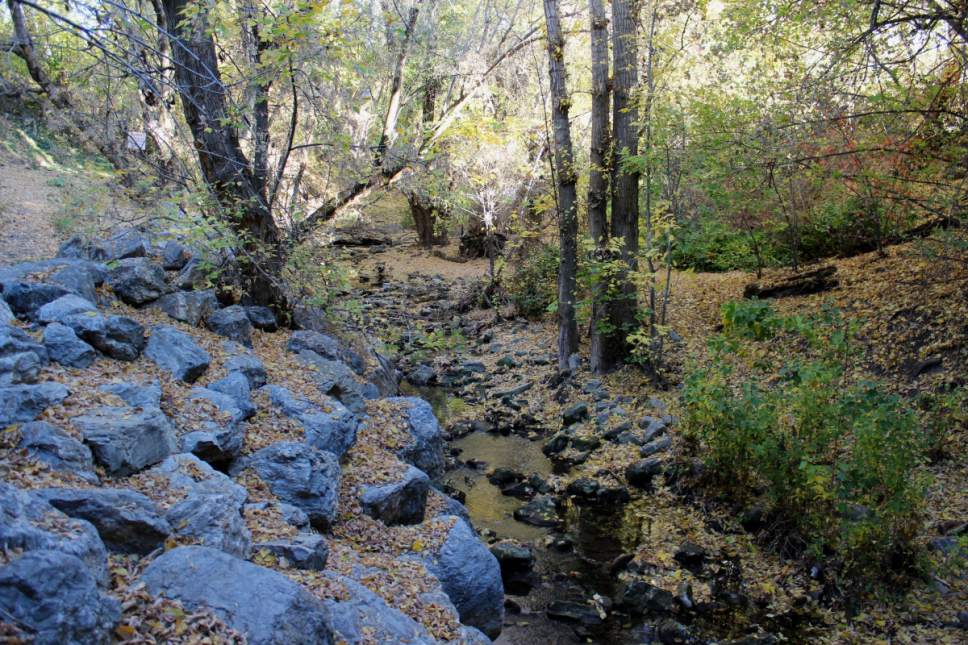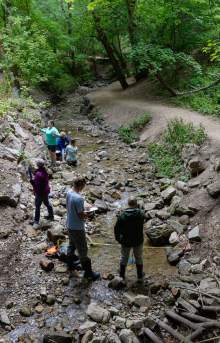This is an archived article that was published on sltrib.com in 2017, and information in the article may be outdated. It is provided only for personal research purposes and may not be reprinted.
The non-profit Seven Canyons Trust has received $1.2 million in grants to restore about 200 feet of Salt Lake City's natural urban waterways at 1300 South and 900 West near the Jordan River.
Water from three area creeks — Red Butte, Emigration and Parley's — is channeled via an underground pipe beneath 1300 South and released into the Jordan River.
The just-funded Three Creeks Confluence project would restore the waterways' above-ground stream beds, re-establish natural habitat for wildlife, and build a community park that would connect to the Jordan River Trail.
The creek overhaul, called "daylighting," slated to begin in early 2018.
The Three Creeks Confluence is the first of several projects planned by the non-profit Seven Canyons Trust, which aims to restore Salt Lake City's seven natural waterways, most of which now flow through storm drains beneath the city.
Brian Tonetti, the trust's executive director, said he and about 20 other University of Utah students brainstormed the nonprofit's vision while working on a class project. The Salt Lake City Council supported their idea, Tonetti said, and for the past three years the Seven Canyons Trust has worked to draw up final plans for their first project and secure funds to pay for it.
"In terms of municipal time scales, three years from being a student project to being a real, tangible project that has $1.2 million secured for it is pretty rapid." Tonetti said.
The $1.2 million will drawn several sources, including a a community development block grant and development impact feess Salt Lake City collects for parks, Tonetti said.
The trust already has plans for several other projects, including a riverside trail on South Temple that would unearth a subterranean segment of City Creek, as well as a restoration of Emigration Creek in Herman Franks Park on 700 East.
The group hopes to unearth all seven of the city's natural waterways over the next 100 years.
The creeks were buried in the early 1900s, he said, when land located near these waterways was considered undesirable. The streams had become channels for disposing of sewage and waste, he said, and seasonal flooding made them hazardous.
Today, restoring natural waterways increases land values and attracts both recreation and development to urban areas.
Restoration would also help to improve water quality on the Wasatch Front. Some of the nutrient pollution that contributed to last summer's massive algal blooms on Utah Lake and the Jordan River was a result of the burial of waterways, Tonetti said. Restoring the stream beds will allow plants to absorb some of those excess nutrients, preventing them from concentrating downstream.
Twitter:@EmaPen









